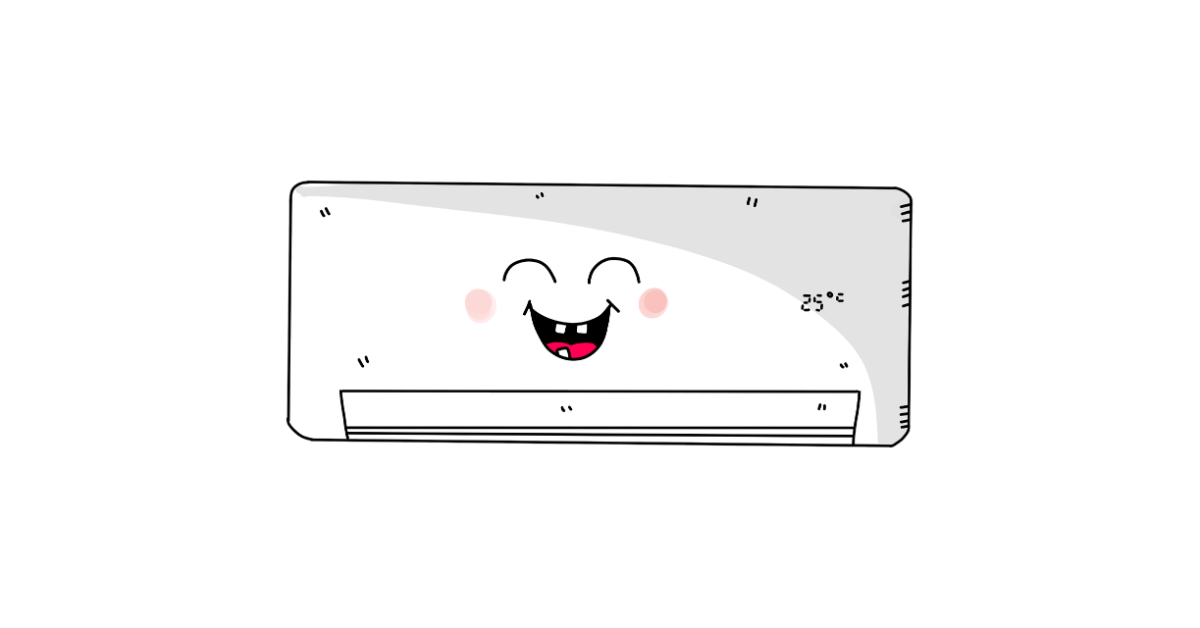Memory foam and latex are two popular materials found in high-quality mattresses, but which will help the most with back pain? Whilst both provide fantastic pressure relief, comfort, and support, there are major differences between the two. So is memory foam better than latex for back pain? You'll find out in this guide.
Whilst memory foam is more cushy and contouring, latex is typically firmer with subtle pressure relief for your back and joints. Both types of foam are often paired with springs to create hybrids, adding more support and responsiveness — and in the case of memory foam, breathability.
It will probably come as no surprise that memory foam and latex feature in many of our best mattress picks. Thanks to regular sales, you'll rarely have to pay full price for them, either. (Extended Black Friday mattress sales are a great way to save.) But before you go shopping for a new mattress to soothe your back pain, read on to find out why you should choose memory foam or latex...
What is memory foam?
Memory foam is a type of polyurethane foam mixed with a couple of additives: diisocyanates and polyols. This mixture forms a chemical reaction, and then a blowing agent is added to make it expand into foam. These additives give memory foam that slow-motion effect and the ability to contour to your shape by 'hugging' your body.
The best memory foam mattresses aren’t made entirely from memory foam. They're either layered with other types of foam or a combo of foams and coils.
What is latex?
Latex can be natural or synthetic material. Man-made latex is made with petroleum-based chemicals and baked into a dense polyfoam. Natural latex uses the sap from a rubber tree, which is mixed with non-toxic materials and whipped into a froth before it's baked. Natural latex is either Talalay or Dunlop, depending on the process used to set it. Some mattresses even use a blend of synthetic and natural latex.
Natural latex is found in the best organic mattresses and tends to cost more than synthetic latex foam due to production costs. No matter which type of latex you choose, the sinkage will be less pronounced than memory foam, with natural latex having a more bouncy feel to it overall.
Memory foam vs latex: Similarities & differences

There are similarities and differences between memory foam and latex mattresses. Both mattresses come in all-foam varieties, but you’ll also find hybrid versions that combine these foams with coils.
All-foam memory foam mattresses generally combine a layer (or layers) of memory foam with high-density support foams and other comfort and transition foams. Since memory foam traditionally has more sinkage and contouring to a sleeper’s body shape, some brands design hybrid versions with coils to offer more support and a slightly firmer sleep surface, which can help back pain sufferers.
Latex is often combined with coils to form a hybrid, although you will find all-latex beds such as the Saatva Zenhaven. All types of latex can lend relief to sleepers with back pain, albeit in different ways. Natural latex offers a bouncier sleep surface than memory foam, whereas synthetic latex has a firmer feel. (Blended latex will fall somewhere in between.) The right type will depend on your preference.
If you want a mattress that lasts a long time, choose natural latex, which can last as long as 25 years with proper care. Memory foam and synthetic latex will last for around a decade.
Memory foam vs latex: Prices & deals
Memory foam mattresses span all price points. Whether you're looking for a cheap mattress, a premium bed, or something in between, you'll find something to suit your budget. Of course the more you spend, the higher the quality of materials you can expect. (Tempur-Pedic is a prime example of this, as it's considered one of the top https://www.tomsguide.com/best-picks/best-luxury-mattress brands.) Hybrids that use a mix of memory foam, other foams, and coils tend to cost more than all-foam builds in general.
Mattresses that use natural latex usually come with a heftier price tag due to production costs. Generally speaking, latex-based beds fall into the premium price bracket, although there are outliers, such as the Awara mattress. Like memory foam, latex may be paired with coils to create a hybrid. If you want to save money on a latex mattress, opt for one that uses either synthetic or blended latex.
Memory foam vs latex: Comfort & support

The ‘hug’ of memory foam is a real love-it-or-loathe-it sensation. For those who love it, there's nothing more comforting — but for back pain sufferers, it’s important to avoid a memory foam mattress that sinks too much. If you’re totally encased by the foam, you can lose lumbar support, which can lead to misalignment and make your back pain worse.
For back pain sufferers, we recommend a hybrid memory foam mattress with enhanced lumbar support or an all-foam build with firmer foams. Memory foam mattresses are great for side sleepers in particular, but you'll still need to ensure your spine will be supported.
On the other side of the coin, latex mattresses offer a bouncier firmer finish whilst still providing plenty of pressure relief. This firmer feel can be particularly good for lower back pain sufferers as well as back and stomach sleepers as it can help keep the spine aligned. You’ll also find that latex mattresses with layers of zoned latex or coils provide extra support where needed.
However, latex mattresses can be prone to some motion transfer, which could be an issue if you share your bed with a restless sleeper. A partner tossing and turning during the night could aggravate back pain. (If that sounds like your situation, memory foam may be a better choice.)
Memory foam vs latex: Temperature regulation

Overheating in bed can exacerbate back pain. If you’re tossing and turning all night and throwing the covers on and off, your body and spine won’t be able to settle and benefit from the pressure relief provided by your mattress.
This is why all-foam mattresses in particular can be a problem. Memory foam is notorious for trapping heat as you sink into the material. Brands do try to get around this by infusing gel or heat conductors (such as carbon, graphite, and charcoal) into their memory foam layers — although there is some debate as to their efficiency.
If your heart is set on a memory foam mattress, we’d recommend a hybrid as the coils will help with airflow. If you insist on foam only, look for a mattress with a specialist cooling cover woven with fibers that wick away heat and moisture or seek foams infused with phase change materials. Perforated foams can help with heat dissipation, too.
Natural latex is often a better choice for hot sleepers, as it’s a naturally breathable material. In addition, many brands also perforate the latex with thousands of small holes to further aid airflow. Organic mattresses with latex are often combined with other breathable materials like cotton and wool, and hybrids add coils to help air pass through.
Of course, if you’re a really hot sleeper, you’d be better off investing in a proper cooling mattress to keep you comfortable overnight.
Memory foam vs latex: Which mattress type for back pain should you buy?
Buy a memory foam mattress for back pain if...
✅ You sleep on your side: Memory foam mattresses are particularly suited to side sleepers with back pain, as the deep cushioning offers plenty of pressure relief at the shoulders and hips.
✅ You’re on a budget: Memory foam mattresses start at far lower prices than latex-based beds, so they're a good choice if you’re not looking to spend a lot.
✅ You share your bed with a restless sleeper: The sink-in feel of memory foam mattresses also means that they offer superior motion isolation, preventing back pain from being exacerbated by a partner’s movement.
Our top memory foam mattresses for back pain
Buy a latex mattress for back pain if...
✅ You suffer with lower back pain: The firmer support of latex offers better lumbar support, meaning those with lower back pain shouldn’t notice any sinkage that could throw their spine out of alignment, especially if they favor their front or back when sleeping.
✅ You’re a hot sleeper: Natural latex is breathable and when combined with other breathable materials such as organic cotton and wool, it does a great job of preventing sleepers from overheating, which could exacerbate back pain.
✅ You want a durable mattress: Natural latex mattresses in particular last far longer than memory foam options and will therefore keep their shape and support for longer. (A synthetic latex mattress will have a similar lifespan to a memory foam mattress.)
Our top latex mattresses for back pain
The bottom line
Memory foam and latex are both great choices if you're looking for a mattress for back pain, but when it comes to deciding which one is better, it depends on your preferences and needs.
Memory foam is cushy and conforming to your body, but you'll want to avoid anything too soft that may throw your spine out of alignment. However, if you share a bed, memory foam dampens movement exceptionally well so you're unlikely to be bothered by your partner's movements.
Latex won't contour as much as memory foam but you'll receive plenty of support if you like to rest on your front or back. If you can afford it, choose natural latex for its top-notch temperature regulation and durability.





















 English (US) ·
English (US) ·